What is the GE 269PLUS-100P-HI Motor Management Relay? The GE 269PLUS-100P-HI Motor Management Relay is an advanced motor protection and control device designed for industrial applications. With its robust features, compact design, and reliable performance, it is a popular choice for ensuring optimal motor operation and safety in various settings. Key Features of the GE 269PLUS-100P-HI This motor management relay offers a range of features tailored to enhance motor efficiency and longevity: Comprehensive Protection: Guards against overloads, phase imbalances, and other electrical issues. Advanced Monitoring: Provides real-time motor performance data for proactive management. User-Friendly Interface: Designed for ease of use with intuitive controls. Compact Dimensions: Sized at 19.3 x 12.5 x 29 cm, making it suitable for space-constrained installations. Applications of the GE 269PLUS-100P-HI This relay is versatile and finds applications across various industries: Manufacturing Plants: To maintain the smooth operation of critical machinery. Utilities: For efficient energy management and motor protection. Oil and Gas: To ensure reliability in harsh operating environments. Water Treatment Facilities: For dependable control of pumps and motors. Technical Specifications Here are some essential details to know about the GE 269PLUS-100P-HI: Dimensions: 19.3 x 12.5 x 29 cm Weight: 2.78 kg Durability: Engineered for long-term use in demanding environments. Connectivity Options: Enables seamless integration into existing systems. Benefits of Using the GE 269PLUS-100P-HI Investing in this motor management relay brings numerous benefits, including: Enhanced motor performance and lifespan. Reduced downtime with real-time fault detection. Streamlined operations with its user-friendly design. Versatile applications, making it a valuable addition to various industries. Conclusion The GE 269PLUS-100P-HI Motor Management Relay is a powerful tool for businesses looking to optimize their motor-driven processes. Its compact design, advanced features, and reliability make it an excellent choice for a wide range of industrial applications. Whether you’re seeking enhanced protection, improved performance, or seamless integration, this relay delivers on all fronts.
Read More

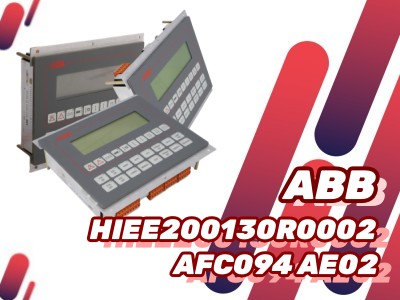
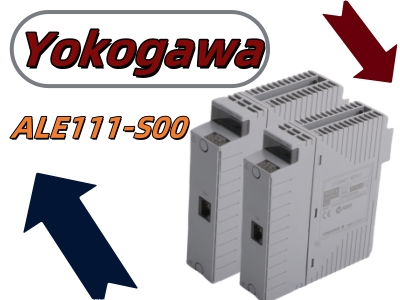
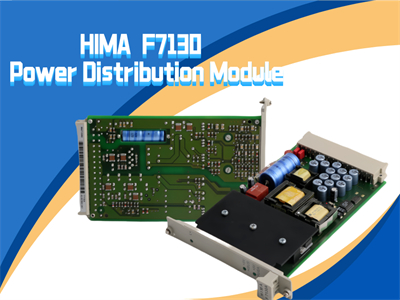


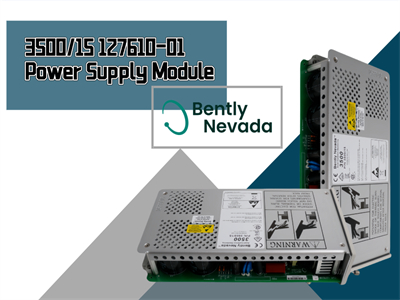

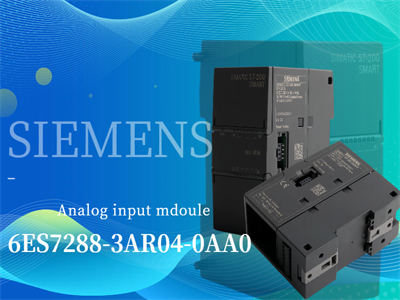
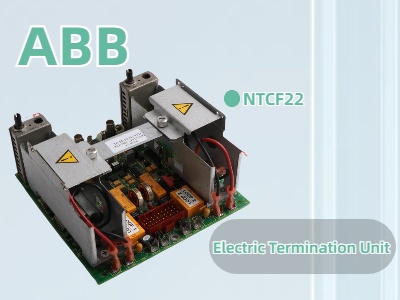
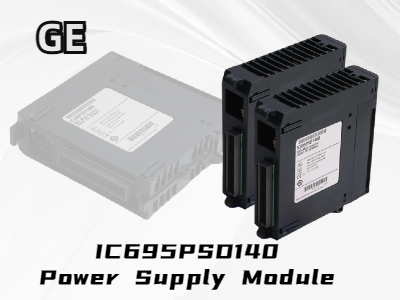


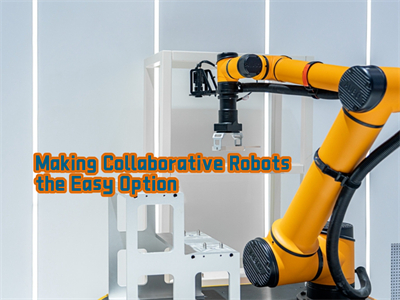










 IPv6 network supported
IPv6 network supported